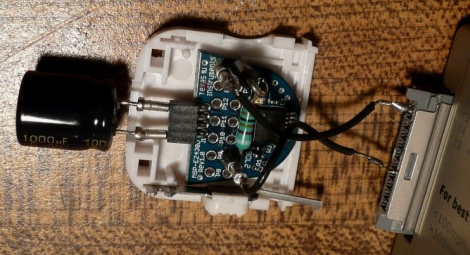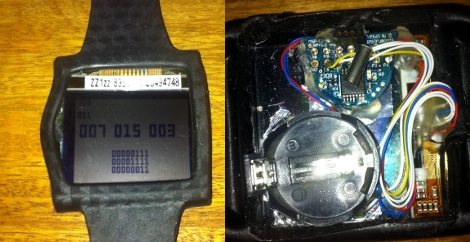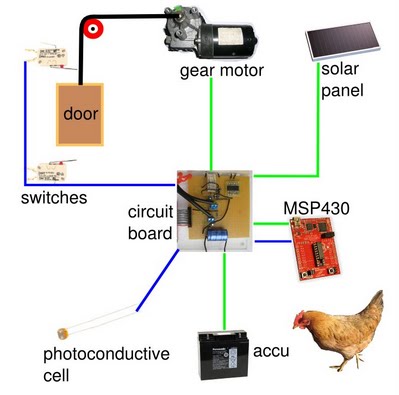
[Zach] is a huge Star Wars fan, and in addition to the array holiday decorations that adorn his house, he says that his wife is nice enough to let him put up a Christmas tree full of Star Wars ornaments. For the past few years, the tree sat in the corner of the room unlit, but his wife thought that it should have some lights this year.
His wife came home with a small string of battery-operated lights, but [Zach] wanted something with a bit more geek cred. He decided to program the lights to play the Star Wars theme song, translating the tune’s pitch to light intensity.
He dug through his bin of electronics and found an MSP430 along with a small target board that would do the job nicely. He sat down with some sheet music, translating the notes to PWM values, resulting in the light show you see below.
While his wife provided a lovely violin accompaniment to the tree, we think that a small audio module would make a great addition to the tree next year.
Continue reading “The Force Is Strong With This Christmas Tree Light Show”




















